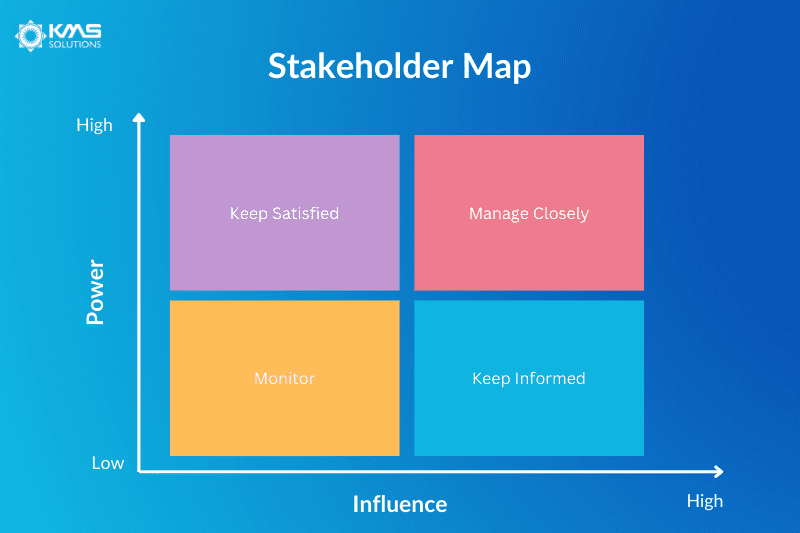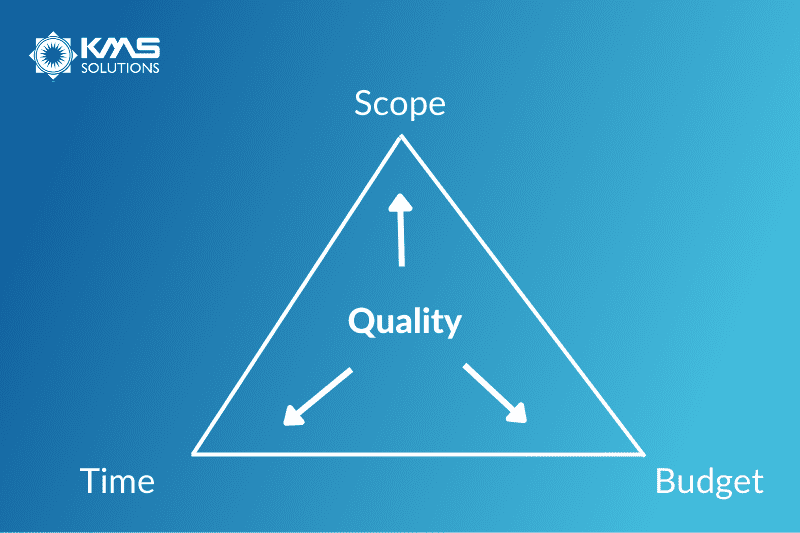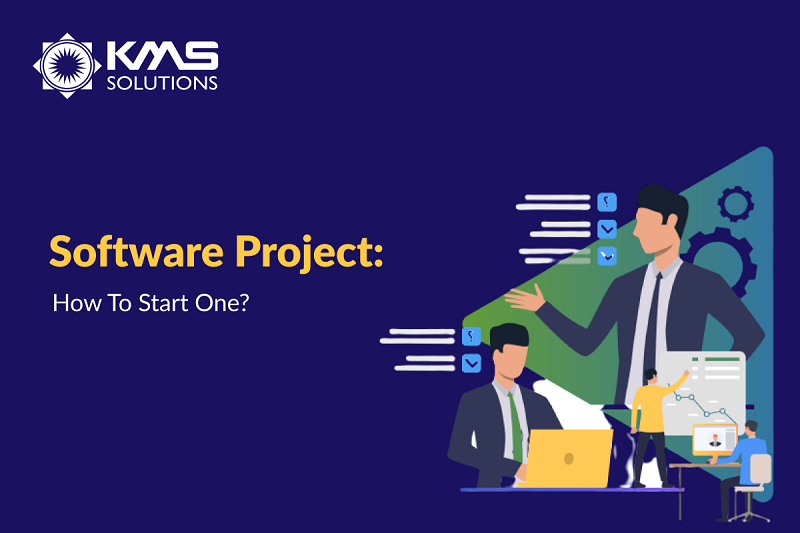If you come across this article, chances are you are about to start your first software project. Indeed, it can be overwhelming to know where to initiate a digital project. Set aside the excitement of proposing and building creative new solutions, it takes lots of up-front work to get the project off the ground.
The software development process is relatively complex, considering the enormous number of individuals involved in the software development life cycle and the wide range of stakeholders at various levels. Combined with the inherent complexity of building software, it’s safe to say that software projects entail many distinct issues that might not be present in conventional projects
Utilizing a templated method is one simple way to capture the initial details for your project. Some popular approaches include:
- Project Charter
- Project Initiation Document
- BOSCARD
- Agile Inception Deck
In today’s blog post, we will go over the Project Charter technique. Nevertheless, no matter which method you choose, several specific items must be established to begin your project:
1. Problem Statement
2. Business Case
3. Goal Statement
4. Project Scope
5. Team
6. Timeline
Let’s delve deeper into these topics to explore their roles and what is needed to progress the project.
1. Problem statement
Good software design begins with an explicit problem statement. Corporations often make the mistake of rushing to solutions before fully comprehending the issues consumers are encountering. Remember that your product will struggle to acquire an audience if it can’t solve a real pain point.
Establishing an empathy map is an excellent way to aid in defining the problem statement. User interviews can be beneficial to help daft an accurate empathy map. They provide the knowledge required to reframe the user experience and align your thoughts.

2. Business case
Understanding the business case is crucial before initiating any project to make sure that the solution will bring the organization the benefits it needs. Some larger organizations even require a minimum Return On Investment (ROI) with a payback of 3 years for the project to get approval. Business cases are usually constructed around the following metrics:
- Expense reduction: actively decreasing ongoing costs; for instance, ‘’this project will enable us to replace the legacy system which costs $10,000 annually.’’
- Cost avoidance: for instance, ‘’the firm will avoid getting regulatory fines of $15,000.’’
- Growth: ‘’Our enterprise will boost our revenue, aiming to earn an additional $500,000 this year.’’
- Enhance customer satisfaction and retention
- Cut down on errors and streamline processes, etc.
All the suggested enhancements, both quantitative and qualitative, are compiled into the business case, together with the project’s estimated costs. Given that expenses and improvements can come from different departments, this should be a collaborative approach that allows for input and feedback from everyone across the company.
While building the business case, it is also essential to generate a stakeholder map to identify and categorize stakeholders. Doing so will help you devise appropriate communication plans for each stakeholder depending on their different level of power and interest. Some might just need an executive summary, while others want an in-depth analysis.

3. Goal Statement
It’s hard to measure your project’s success without a clear goal statement. Here are some techniques for creating a solid project goal statement:
- Define vital elements: when creating a project goal, you must discern what is important to the company. Discussing the project with the involved parties can help you understand which crucial goals must be accomplished.
- Avoid ambiguity: Never set a vague goal. Instead, it should be specific and defined so whoever is reading can easily understand the project’s purpose.
- Consistency: In addition to aligning with the problem statement, your goal statement should also be in line with the company’s vision and mission statement.
- Simplicity: The goal statement should avoid technical terms and big words. Instead, it should be written in a way that even a third party, who doesn’t know much about your company, can effortlessly comprehend.
- One goal only: The project goal is a broad statement covering issues that the specified objectives intended to address. Hence, a project should only have one goal to avoid confusion.
4. Scope
The project scope helps you set boundaries on the project and defines the goals, due dates, and deliverables you will aim for. Clarifying your project scope also prevents scope creep and manages stakeholder expectations.
A good project scope outlines the project objectives and illustrates what the project will and will not include. Here is a template to guide your thinking. Note that your project scope statement can be customized to suit your requirements.

5. Team & Development Methodology
It’s critical to anticipate your project’s team size to get an estimation of your budget and capacity to complete the project by the deadline. Having the right team size is vital. Too few members and you will deal with work overload; overstaffing then your team will become unmanageable due to the significant increase in lines of communication. You can find the right team size by either logical splits, like front-end/back-end/QA, or by dividing project features with an integration team.
Team size and composition are also tightly linked with the selected development approach. Waterfall methodology can usually accommodate large teams with strict structured Design/Development/Test/Deploy stages. On the other hand, Agile’s team size is much smaller, ideally ranging from 5 to 9 members.
6. Timeline
After determining the team structure and project scope, you should be able to draft a rough timeline for the project while adopting the classic project management triangle.
The project management triangle demonstrates how the interplay of the scope, time, and budget constraints impact the project’s quality. Changes in one constraint will require adjustment of either one or both of the remaining elements to maintain the quality.
With that being said, if the project scope expands, the project schedule must extend or raise the budget to allow the delivery of the additional features. Likewise, shortening the schedule implies shrinking the scope or increasing the budget.
Conclusion
By now, you should have a solid understanding of preparing and initiating a software development project. Certainly, these approaches are all good in theory, and there might be many more questions as you put them in practice. Don’t panic though. With the right digital team accompanying you throughout the process, nothing can stay in your way of success.











